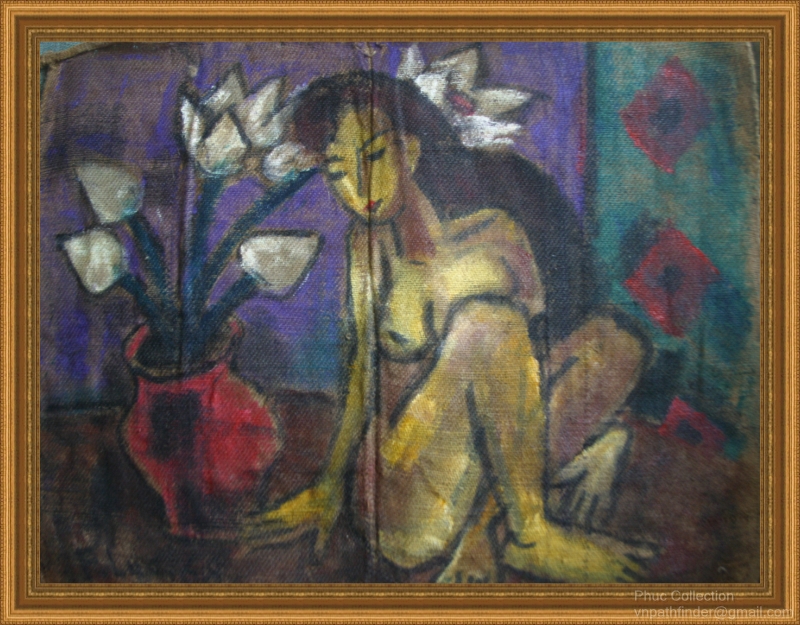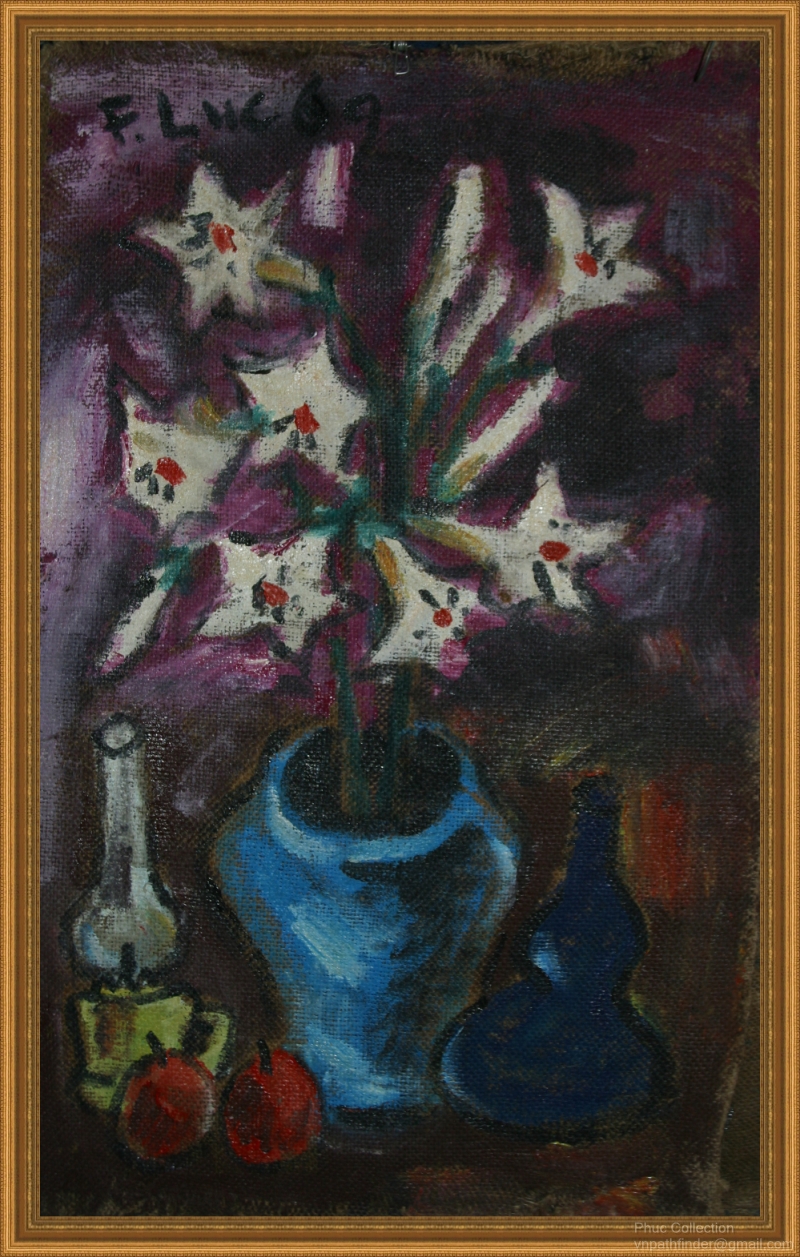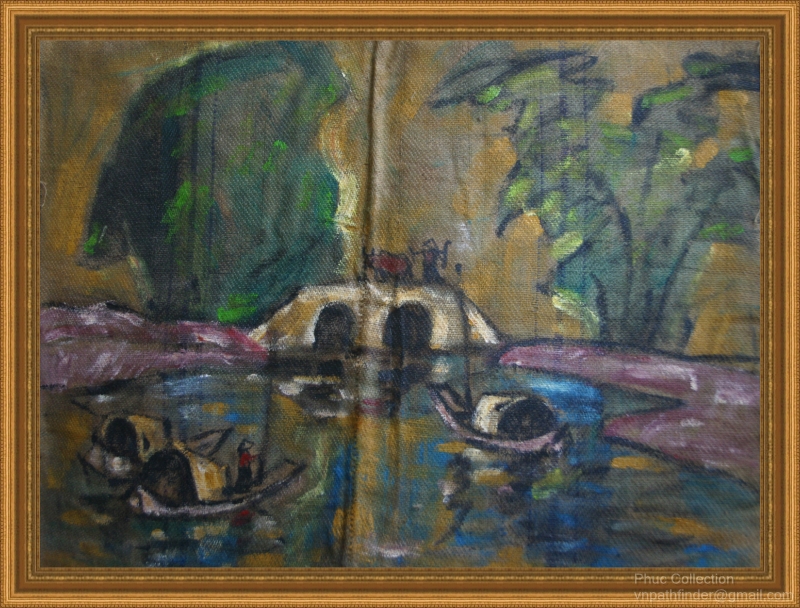 |
| Dad watches brolgas fly over the Nifold Plain, on the Cape York peninsula (Australia, 2011) |
 |
| Chook's Pajero, adorned with the endangered golden-shouldered parrot, sitting on a termite mound (Australia, 2011) |
 |
| Just a quiet country street, in Mareeba (Australia, 2011) |
So we rolled on, mauling Mt Molloy (population 273), Mt Carbine, Desailly, and finally landing on a prick on the map called Lakeland, where we halted for lunch. Somewhere along the way, my iPhone lost connectivity with the rest of the world, and the Internet died. I could no longer check my earnings from Google AdSense, or post updates to Twitter. I took plenty of photos though, of all the scenes that passed my window... most of them were blurred and rubbishy. My camera, nonetheless, was recording a more accurate depiction than my brain, which was clouded with fear, and subpanic: derealization flattened my senses and my perceptions, rendering the world two-dimensional, like a screen. You might call it tunnel vision. I clutched the handgrip besides me, and tried my best to relax. Thankfully, traffic was light: a few grey nomads in their campervans, 4WDs coated with red dust, and the occasional piece of mining kit being hauled up to Weipa. Chook explained that campervans would be useless once we hit the corrugations; from that point on it was 4WD territory, 4WDs and road trains only LOL. Pineapple and peanut farms surged past along with the telegraph poles, and miles and miles of open bush. The sky was a euphoric blue.
 |
| Pausing to take in the view, on Route 81 (Australia, 2011) |
 |
| Dad checking his watch, in his goofy greygreen birding hat (Australia, 2011) |
... to join a small scrum of sightseers. It was evidently a popular vantagepoint, and every conceivable surface (road, railings, cliff-face) was covered with graffiti. We paused to take in the view, which was righteous, nonetheless.
 |
| Across the canyon, looking east (Australia, 2011) |
 |
| Mysterious tree with yellow flowers, possibly a kapok, alongside an aluminium can (Australia, 2011) |
Curiosity satiated, we repaired to the car, to resume our ride. The road raced on, across stony, bone-dry territory. Chook pointed out various birds as we sped, quite a few of them raptors. He declared that you could tell how interesting a raptor was by the way it flew... those with upturned wings were the ones worth watching. When we arrived at Lakeland Roadhouse, I noticed some kind of bird of prey was circling the plains below. Its wings, disappointingly, were lowered. "Probably a whistling kite," Chook remarked.
 |
| Welcome to Lakeland Roadhouse (Australia, 2011) |
 |
| The sign says $2 for a shower at Lakeland Roadhouse (Australia, 2011) |
 |
| There was a small gifts shop inside the roadhouse (Australia, 2011) |
 |
| On to the dirt (Australia, 2011) |
 |
| Road etiquette of the North: the small give way to the large (Australia, 2011) |
 |
| Throwing out the anchor, and battening down the hatches (Australia, 2011) |
 |
| Arriving at Artemis Station (Australia, 2011) |
 |
| Looking for golden-shouldered parrots, on Artemis Station (Australia, 2011) |
 |
| Remnant of the old telegraph line, at Musgrave Roadhouse (Australia, 2011) |
 |
| Posting box, beneath the rafters at Musgrave Station (Australia, 2011) |
 |
| The grave of Samuel Thomas, killed in 1919 (Australia, 2011) |
 |
| Waiting for a beer, and then maybe a steak or hamburger (Australia, 2011) |
Finally, after a long day rushing around, clutching my handgrip, biting my tongue, etc, I could crack open a cold VB, and kick back. Watch some Imparja TV at the downstairs bar, as a harvest moon rose in the clear night sky... who could ask for more than that? A hot shower, and then the chance to fall asleep in a cabin with the air-con on, while wallabies jumped around in the dark outside.
 |
| Shine on harvest moon (Australia, 2011) |




